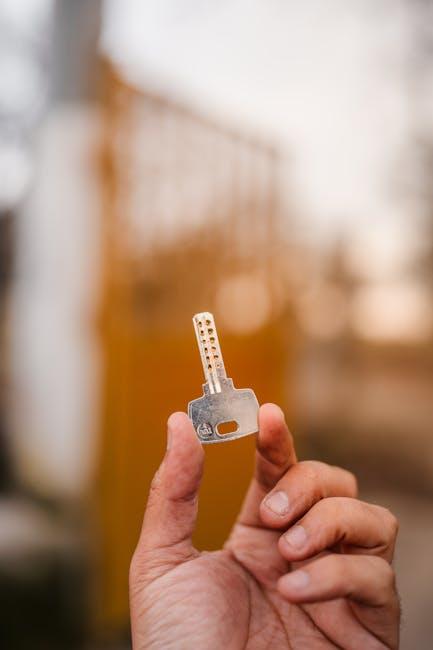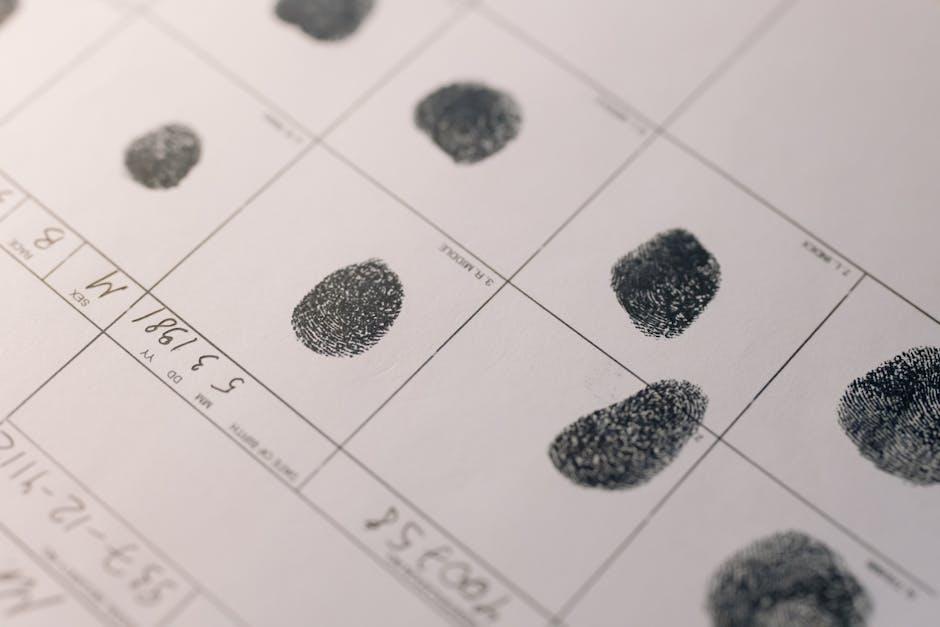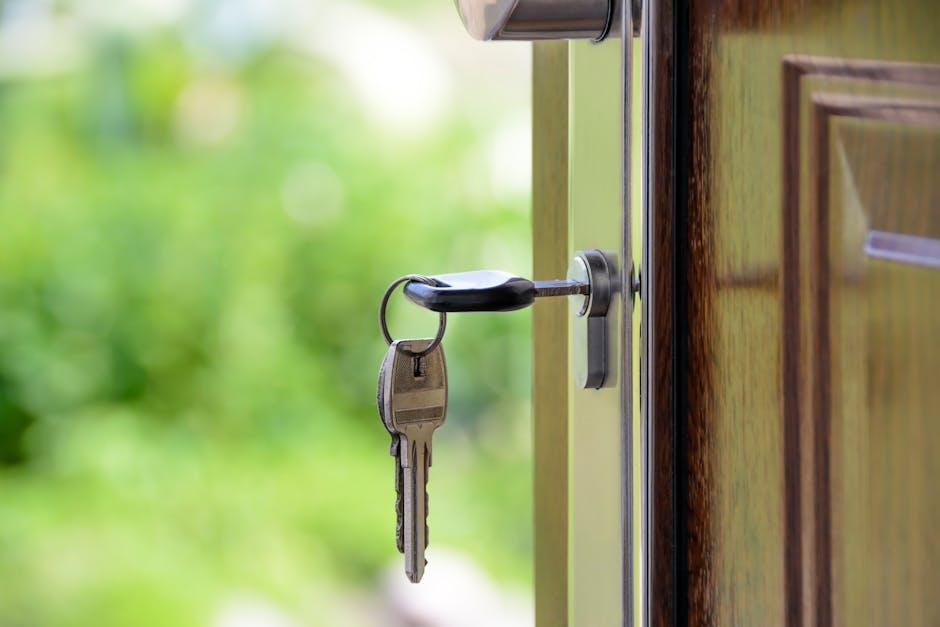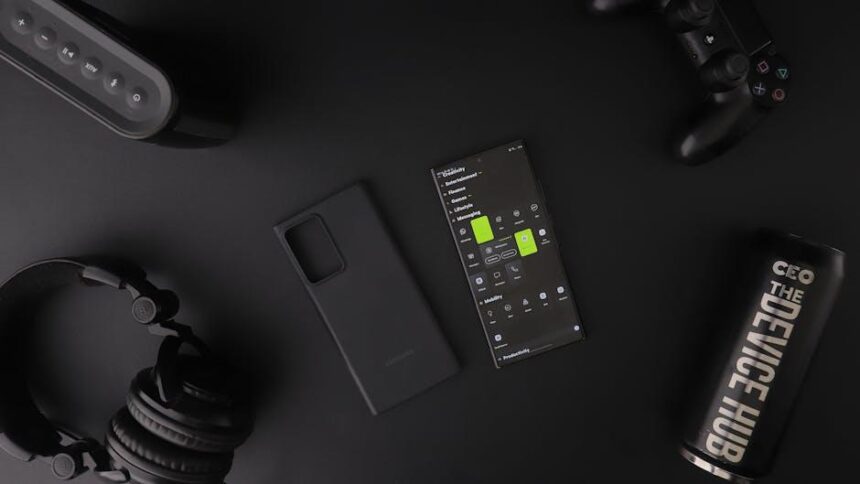In the age of smartphones and smart devices, security has become as essential as convenience. Two leading contenders in the race to safeguard our digital lives are face unlock and fingerprint recognition. Both offer a futuristic touch and promise quick access, but beneath the seamless swipe and glance lies a complex battle of technology, privacy, and safety. As we lean on these biometric gateways, the question arises: which is truly safer-unlocking with a glance or a touch? Let’s dive into the science and security behind these biometric champions to find out.
The technology behind facial recognition and fingerprint scanning

Facial recognition technology employs a sophisticated blend of hardware and software to accurately identify a person’s unique facial features. Using 3D depth sensors, infrared cameras, and advanced algorithms, it maps key points on the face – such as the distance between the eyes, the shape of cheekbones, and the contour of the jawline. The process goes beyond simple photos, incorporating anti-spoofing techniques to detect masks or images. This biometric method relies heavily on machine learning, allowing systems to improve recognition accuracy over time even under different lighting conditions or slight changes in appearance.
Meanwhile, fingerprint scanning is grounded in capturing the precise ridges and valleys of your fingerprint patterns through capacitive or optical sensors. Unlike facial recognition, fingerprint technology is less affected by external conditions like lighting or angles but can be sensitive to dirt, moisture, and skin wear. Fingerprint sensors analyze distinctive features, including minutiae points and pore structures, to create a highly unique biometric template stored securely on devices. Both technologies demand balance between speed, accuracy, and security, as shown in the comparison below:
| Aspect | Facial Recognition | Fingerprint Scanning |
|---|---|---|
| Primary Sensor | 3D Cameras & Infrared | Capacitive/Optical Sensors |
| Biometric Focus | Facial Landmarks & Depth | Ridge Patterns & Minutiae |
| Environmental Impact | Light & Angle Sensitive | Dirt & Moisture Sensitive |
| Anti-Spoofing | Advanced (3D Face Mapping) | Moderate (Liveness Detection) |
Evaluating security strengths and vulnerabilities of each method

When diving into the world of biometric authentication, both face unlock and fingerprint scanning showcase distinctive strengths that appeal to various security needs. Face unlock boasts advanced 3D mapping and infrared sensing technologies, making it difficult to spoof with photos or masks. However, its effectiveness can dip in low-light or extreme angle scenarios. On the other hand, fingerprint scanners offer an almost immediate recognition speed and resistance to changes in appearance, but they can sometimes be vulnerable to lifted prints or dirt interference. Balancing convenience and resilience remains a thread connecting both methods.
- Face unlock strengths: Non-contact, works well with gloves, difficult to replicate 3D features
- Face unlock vulnerabilities: Can be tricked by high-quality 3D masks, struggles in poor lighting
- Fingerprint strengths: Quick recognition, more reliable in diverse lighting, mature technology
- Fingerprint vulnerabilities: Susceptible to fake prints, sensor damage, and wet or dirty fingers
| Aspect | Face Unlock | Fingerprint |
|---|---|---|
| Speed | Instant | Instant |
| False Accept Rate | Low (0.001%) | Very low (0.0001%) |
| False Reject Rate | Medium | Low |
| Contact Requirement | No | Yes |
| Vulnerability to Spoofing | Medium | High |
Privacy concerns and data protection in biometric authentication

Biometric authentication methods, while highly convenient, raise significant concerns about privacy and data security. Unlike passwords that can be changed if compromised, biometric data such as fingerprints or facial features are permanent and unique to each individual. This permanence means that if biometric data falls into the wrong hands, it cannot simply be “reset,” potentially exposing users to lifelong security risks. Furthermore, the centralized storage of this sensitive information, whether on a device or in cloud servers, increases the risk of large-scale data breaches. Users must also consider how their biometric data might be used beyond authentication-ranging from surveillance to unauthorized profiling-raising profound ethical questions about consent and personal freedom.
When weighing the privacy implications, several factors come into play:
- Data storage method: Local device storage reduces exposure to external hacking attempts, while cloud storage may enhance convenience but increase vulnerability.
- Encryption standards: Robust encryption is essential to safeguard biometric templates during transmission and storage.
- User control: The ability to easily delete or revoke biometric data favors privacy, though not all systems offer this option.
| Aspect | Fingerprint | Face Unlock |
|---|---|---|
| Storage Location | Usually local device | Local or cloud-based |
| Data Permanence | High | High |
| Risk of Spoofing | Moderate (latent prints exist) | Variable (3D mapping reduces risk) |
| Revocability | Low (fingerprint can’t be changed) | Low (facial features can’t be changed) |
Choosing the right biometric option for your device and lifestyle

When selecting a biometric security method, consider how you interact with your device daily. Fingerprint sensors excel in environments where quick, tactile access is needed-like when wearing gloves or in dimly lit settings. They boast a robust history of accuracy, making them ideal for people who prioritize precision and speed. On the other hand, face unlock technology offers the convenience of hands-free access, which can be a game-changer for multitaskers or those frequently handling items with both hands. However, environmental factors such as poor lighting or changes in appearance-like wearing glasses or growing a beard-can impact its reliability.
Think about these lifestyle factors:
- Work environment (outdoors, indoors, variable lighting)
- Frequency of device use throughout the day
- Physical conditions (e.g., gloves, wet hands, facial hair)
- Need for speed versus convenience
| Biometric Option | Best For | Potential Issues |
|---|---|---|
| Fingerprint | Quick access, high accuracy in stable conditions | Gloves, wet/dirty fingers, sensor damage |
| Face Unlock | Hands-free use, ease in well-lit areas | Poor lighting, facial changes, mask use |
Concluding Remarks
In the ongoing dance between convenience and security, both face unlock and fingerprint recognition offer compelling steps forward. While neither is infallible, understanding their strengths and limitations empowers you to choose the lock that best fits your rhythm. Whether you favor the swift glance of facial recognition or the tactile certainty of a fingerprint, the safest approach might just be the combination-layering technology to keep your digital world truly yours. After all, the best security is one that feels effortless yet unbreakable.














